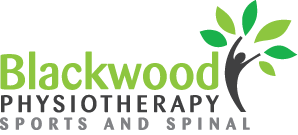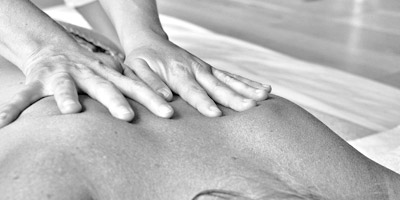A strain to the muscle or muscle tendon is the equivalent of a sprain to ligaments. A muscle strain occurs when muscle fibres cannot cope with the demands placed on them by exercise overload and leads to tearing of the fibres. It is a contraction-induced injury in which muscle fibres tear due to extensive mechanical stress. This mostly occurs as result of a powerful eccentric contraction or over stretching of the muscle.
Muscle Injury Classification
Muscle lesions are classified as grade I, II and III, based on the amount of fibres disrupted according to clinical and imaging investigations:
Grade I (mild) strains affect only a limited number of fibres in the muscle. There is no decrease in strength and there is full active and passive range of motion. Pain and tenderness are often delayed to the next day.
Grade II (moderate) strains have nearly half of muscle fibres torn. Acute and significant pain is accompanied by swelling and a minor decrease in muscle strength.
Grade III (severe) strains represent complete rupture of the muscle. This means either the tendon is separated from the muscle belly or the muscle belly is actually torn in 2 parts. Severe swelling and pain and a complete loss of function are characteristic for this type of strain.
Predisposing Factors
Three types of muscle are at possible risk of injury:
Two-joint muscles. Specifically, the motion at one joint increases the passive tension of the muscle and leads to an overstretching injury.
Muscles contracting eccentrically. Eccentric contractions, frequent during the deceleration phase of activity, may change the muscle tension and induce myofibre overload injury.
Muscles with a higher percentage of type II fibres. These are fast-twitch muscles which develop high speed contractions. In this way, the muscle is more predisposed to injury. Most of the muscle activity in running and sprinting is eccentric, explaining why such strains most often occur in sprinters or ‘speed athletes’. The hamstrings, gastrocnemius, quadriceps, hip flexors, hip adductors, erector spinae, deltoid and rotator cuff are most commonly injured.
Signs and Symptoms
Symptoms of muscle strain include:
- Swelling, bruising, or redness due to the injury
- Pain at rest
- Inability to use the muscle at all
- Weakness of the muscle or tendons
Risk Factors
Strains are not restricted to athletes and can happen while doing everyday tasks, Athletes are more at risk for developing a strain. It is common for an injury to occur when there is a sudden increase in duration, intensity, or frequency of an activity.
Treatment of Acute Strains
Muscle strain treatment depends upon an accurate diagnosis from your health professional. The severity of your muscle strain, and what function or loads your injured muscle will need to cope with, will impact the length of your healing and rehabilitation process.
The first-line treatment for a muscular strain in the acute phase include five steps commonly known as P.R.I.C.E.
Protection: Apply soft padding to minimise impact with objects.
Rest: Rest is necessary to accelerate healing and reduce the potential for re-injury.
Ice: Apply ice to induce vasoconstriction, which will reduce blood flow to the site of injury. Never ice for more than 20 minutes at a time.
Compression: Wrap the strained area with a soft-wrapped bandage to reduce further diapedesis and promote lymphatic drainage.
Elevation: Keep the strained area as close to the level of the heart as is possible in order to promote venous blood return to the systemic circulation.
The first treatment is usually an adjunctive therapy of NSAIDs and Cold compression therapy. Cold compression therapy acts to reduce swelling and pain by reducing leukocyte extravasation into the injured area. NSAIDs such as Ibuprofen/paracetamol work to reduce the immediate inflammation.

